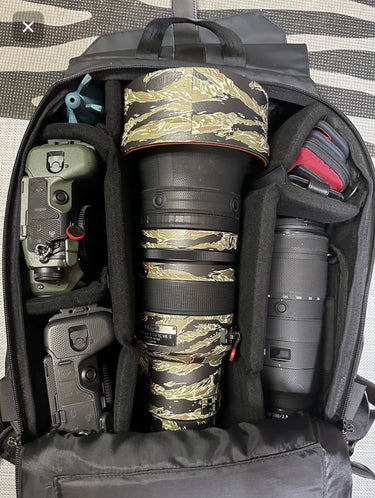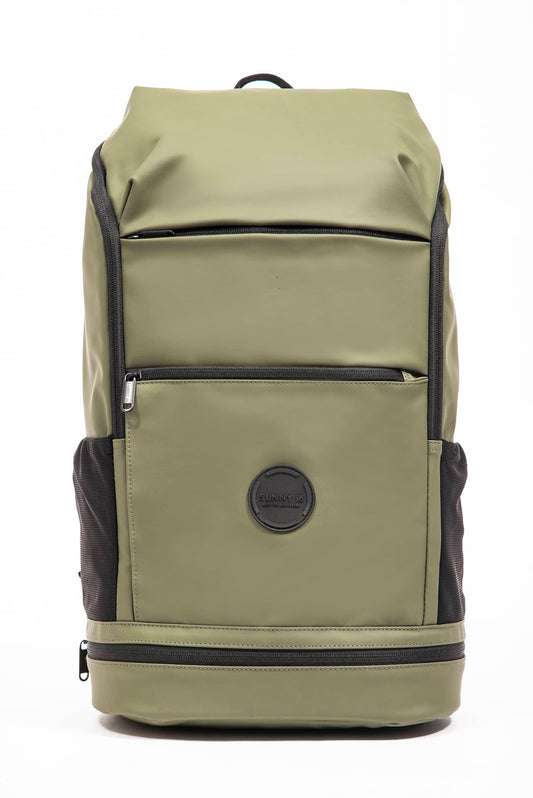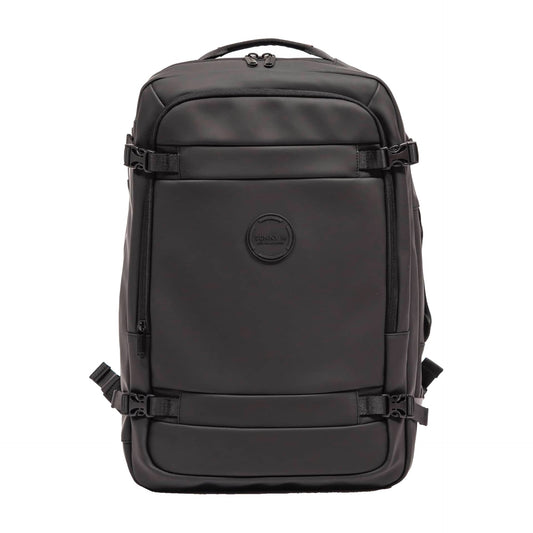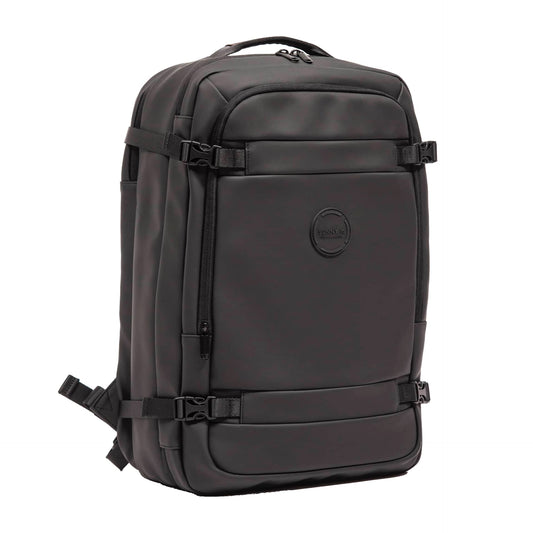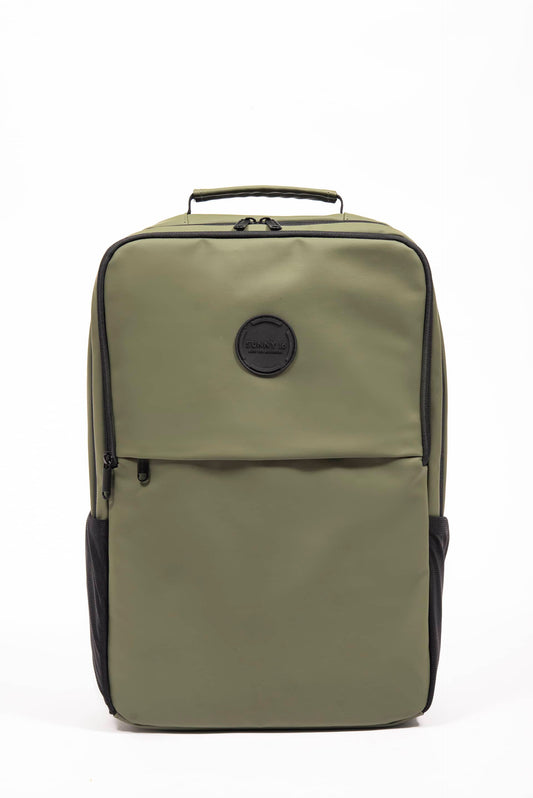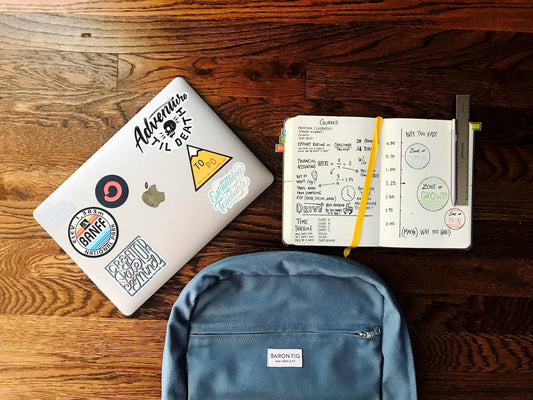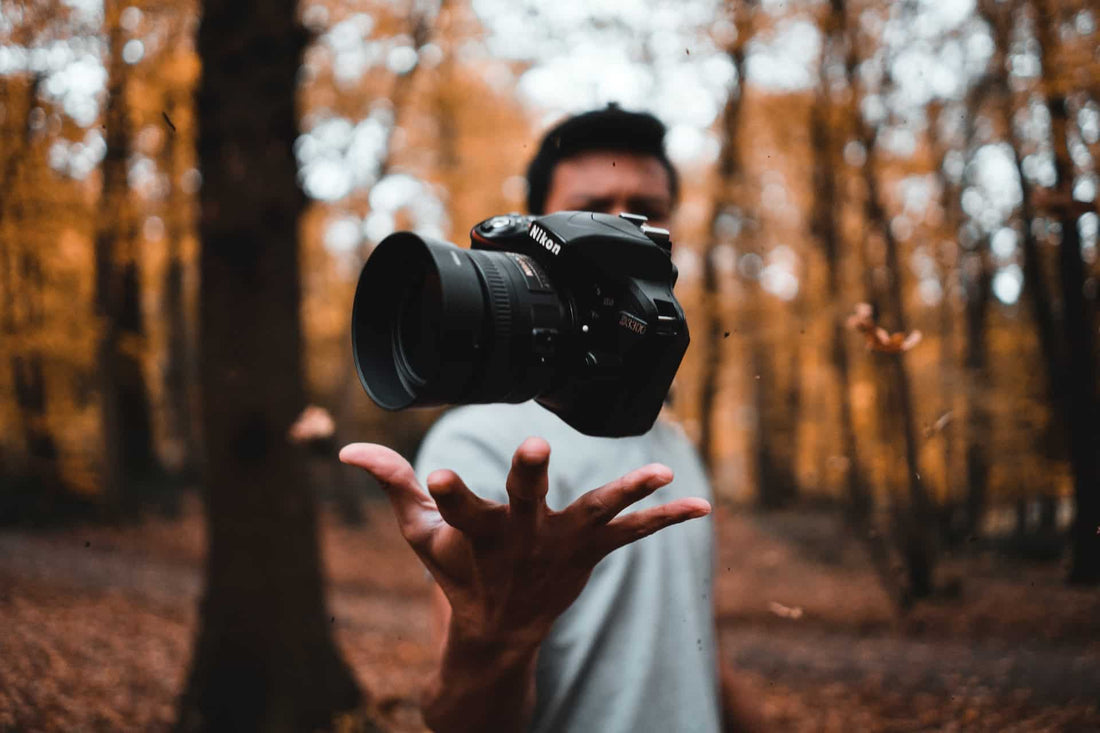
7 Best Photography Composition Techniques
Share
Photography composition rules are important but can be difficult to remember and apply effectively. I know you don’t have time to learn photo composition rules. Who does? The fact is, you don’t need to learn a whole bunch of photography composition rules to take great photos.
Jam-packing your thoughts with ‘golden rules of photography’ might seem a good idea. In reality, it only distracts you from infusing your images with feeling. In this article I'll share with you some of the most common rules. I’ll also share the one essential photography composition technique that I've stuck with for 37 years.
Popular photography composition rules:
- Rule of thirds
- Frame within a frame
- Leading lines
- Sense of depth
- Centered composition
- Figure to ground
- Fill the frame
Photography Composition Definition
Composition in photography refers to how you frame what you point your camera at and how the elements within your frame are arranged. When everything in your frame is well arranged, the viewer will experience a greater satisfaction when they see your photo.
What are the rules of composition in photography?
Composition rules in photography help you to do a number of things. They will help you to convey meaning with your photos. You can create more compelling images when you know how to use composition rules. Having structure and harmony in your photos, rather than chaos, people will be more comfortable to view them. Good use of composition rules also helps to guide the viewer’s eye to your subject’s main subject.
Recognizing your subject is the first step you’ll make when it comes to taking a photo. Without some form of photography composition, a photo is unlikely to represent the subject or express your intention. Design and form are the central focus of photo composition rules.
For those of you in a hurry, gunning to get out and take great photos, here’s a short list. If you’re enthusiastic to learn about the one technique I’ve used for 37 years, keep reading after this list. I’ll tell you about it and why I find it so important. I’ll also cover more of the elements of composition in photography and share a photography composition definition.
1.The rule of thirds

If you know about one photo composition rule, it’s the rule of thirds.
This composition rule is about dividing up your frame into equal sections with horizontal and vertical lines. Much like a tic-tac-toe grid. The main subject is then placed on one intersection of these lines.
Many cameras include built in guidelines in the viewfinder and on the monitor that can be turned on to assist you.
New photographers tend to always place their subject centrally in the frame. Often this centralization of a subject does not make for the strongest composition. Intentionally using centered composition is perfect at times, but it must be intentional and suit the subject.
By placing your subject on one of the zones in your frame where the lines meet, you can help draw attention to what you are photographing. As with any of these photography composition rules, you don’t need to stick to them rigidly. Placing your subject close enough to the intersection of two of the lines is sufficient to make an image pop.
2. A frame within a frame

We’ve all seen striking photographs where the subject is framed by another element in the composition. It might be a person standing in a doorway. Or a horse under the arching branch of a tree. Someone looking out a window creates a good situation to use this rule of composition.
By including the use of another frame within your camera’s frame, your subject becomes more prominent. People viewing the picture will certainly be drawn first to see your main subject.
The element you use to create a frame does not need to be super obvious. Sometimes you can control the depth of field to knock it out of focus while keeping your subject sharp.
You can use a frame that’s the same distance away from your camera as your subject is. Like someone standing in a doorway. The frame can be effective too when it is either in front of or further behind your subject.
3. Leading lines

Leading lines draw the viewer’s eye. © Kevin Landwer-Johan
Using strong lines that lead the viewer’s eye to the main subject of your photos is another photography composition rule that is popular.
When you look at a photo with strong lines, your eye is drawn in along those lines. They will guide your eye and influence how you see the image. Photography composition using more than one line leading to your subject makes for even impactful pictures.
Once you’ve identified your subject, look for lines that could lead to it. These can be natural or manmade. Tree branches or river banks. Road curbings or fence lines. Often you’ll need to stand in the right location to make the most of the leading lines.
Photographing a portrait you can use leading lines to attract the eye of your viewer to the person. Position them so that one or more lines lead directly to them. This will create a sense of connection with the subject and their surroundings.
4. Create a sense of depth

Creating a sense of depth © Kevin Landwer-Johan
We see in three dimensions, but our cameras only produce two dimensional images. Using this photography composition rule you can create a sense of depth to add interest to your pictures.
When you begin to compose your subject in the frame of your camera, be aware of the foreground, middle ground and background. How does your subject relate to each of these areas in your composition?
Placing some element in the scene in the foreground will help simulate a three dimensional effect in your frame. Using a secondary element in the foreground can emphasize your subject when it is positioned in the middle distance. Having your subject in the foreground, especially when using a wide angle lens, can create a heightened sense of distance.
Bringing your camera close to a plane or line that leads away from it has a similar effect of adding depth. Leaning against a wall or fence with your camera up against it can have this effect. So can placing your camera low to the ground or some other surface and looking along it.
5. Center your composition

Central composition is the best framing option sometimes.
As popular as the rule of thirds is, it’s not always the most appropriate photography composition rule to employ. When you have a single, strong subject, framing it in the center of your composition can create a more impactful image.
A symmetrical subject will often benefit from being framed with balance. Manmade things are more likely to be symmetrical, but you can look for them in nature too. Framing a symmetrically balanced tree in the center of a serene landscape can work well. Centered composition of architectural features can make for stunning symmetrically composed photographs.
This photography composition rule can often be used to maximum effect when coupled with the rule of leading lines.
6. Figure to ground

Figure to ground composition with a silhouette. © Kevin Landwer-Johan
Look for contrast between your main subject and the background.
Well, dark on light or light on dark. This is known as figure to ground photography. The most extreme example of this composition technique is a silhouette. Using this technique well you’ll help your subject really pop.
Typically you’ll find dark figures on a light background. Sometimes you’ll capture the opposite.
The contrast can be created by lighting conditions or the tone of the subject against the background, or a combination of both. Either way, the results can be very striking.
This rule is often best applied when you have one clearly defined subject because it helps the viewer perceive it easily.
7. Fill your frame

You can use intentional negative space to fill the frame © Kevin Landwer-Johan
The number one technique I have used to help me compose photographs well is to fill the frame. No matter what else you do, make sure that whatever occupies the space within your frame is meaningful.
Does everything you can see when you look through your viewfinder or at your camera’s monitor make your photo more interesting? Is what you see relevant to the photo you want to make? If not, leave it out. Find some way to eliminate those things from sight.
Doing this well requires intent. You must have a clear idea of how you want your photograph to look. A good subject does not make an interesting photograph. You must compose your subject so everything else in the frame is relevant to it. Picking an interesting subject is just the beginning.
When you are aware of your main subject and know what you want, then including only what’s relevant to it is plain to see.
If your subject is surrounded by distractions, it’s more challenging to fill your frame with supportive information. What you exclude from your photos is often as important as what you include. There are many techniques you can use to help fill your frame and eliminate unwanted things from your composition.
To fill your frame with the most interesting elements that support your subject you can:
- Change your point of view
- Create a shallow depth of field
- Get closer
- Use a different lens
- Move things around (if you can)
Filling your frame can mean you leave negative space in your compositions. This is the space around and between elements in your composition. It’s common to see snapshots where a lot of space is included unintentionally. When space is used with intention it can significantly support the main subject of your photo.
How to apply photography composition rules

Fill the frame for greatest impact © Kevin Landwer-Johan
Being able to apply photography composition rules effectively is challenging for many people. Some give up trying after struggling to implement even some of them meaningfully. They don’t realize practice is essential and it’s the experience they gain that will make the difference.
Knowing photography composition rules and when best to apply them helps you to create more stunning photographs. Some people find it easy to compose intuitively, without being aware of the rules. This is much like some people can learn to play a musical instrument without having to study music theory. If you struggle to compose photos in a manner that’s consistently pleasing, learning the rules and how to apply them is the best course of action for you.
The most common problem I see is photographers who are more focused on applying the rule than what they are photographing.
Don’t obsess with learning and remembering long lists of rules. Start with the five I have outlined here. Once you’re familiar with these and how to use them, you will notice a significant improvement to your photography. But there is one technique that I am getting to, which will help you make strong compositions every time you want to take a photograph.
Do a quick online search for ‘photography composition’. It brings up a plentiful list of articles seeking to answer the question ‘What is composition in photography?’. Much of the information is based on sets of photography composition rules and examples of how to apply them.
Many of these articles omit the one technique that’s foundational to all good composition.
Practice filling your frame with only what’s relevant. Start with a clear intention and this will become easy for you in no time.
Learn to use the rules of composition in conjunction with this technique. Your photographs will attract and hold people’s attention for longer.
When you have learned the rules so well you don’t have to think consciously about them, your compositions will gain greater meaning. The less you mind is concentrating on technical aspects, the better photographer you will become.






